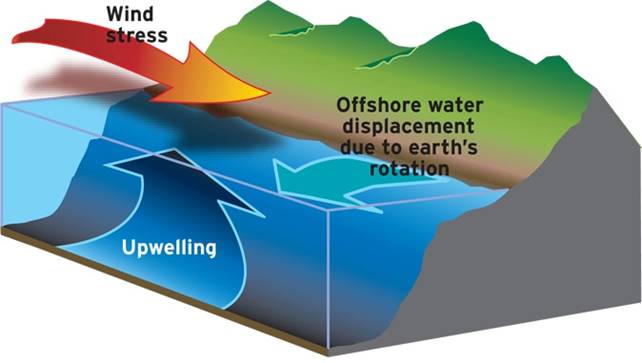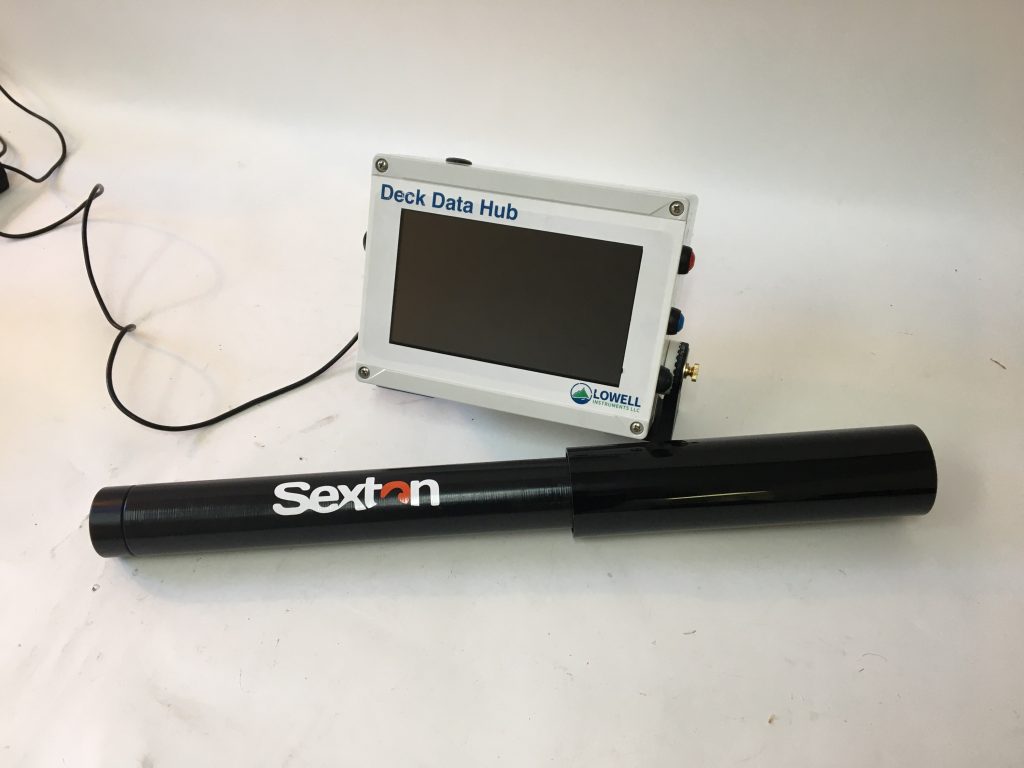
Linus Stoltz is a graduate student in the Marine Resource Management Master’s Program through the College of Earth Ocean and Atmospheric Sciences, co-advised by Dr. Kipp Shearman and Dr. Francis Chan. Only in his second term, Linus is already diving in to a project that means a lot to Oregon coastal communities.
Dungeness crab is the most profitable state-managed fishery in Oregon, generating $66.7 million dollars in commercial sales over the 2018-2019 season alone. However, an increasing threat to this valuable industry that has caused significant harvest reductions in recent years: hypoxia. Hypoxia refers to low-oxygen conditions in the ocean that have been recorded as occurring more frequently off the Oregon Coast and elsewhere in the Pacific Northwest, where Dungeness crab fishing is a major activity. In some parts of the ocean, such as the Gulf Coast, these conditions are triggered by pollution which causes overproduction of algae, followed by excess decomposition. However, here, it’s more complicated. These conditions are generated by offshore wind- driven movement of cold, nutrient-rich but oxygen-poor deep water across the continental shelf, toward the coast.
This process of ‘upwelling’ (see figure below) is a natural occurrence, but scientists speculate that climate change is making these events more frequent and their characteristics severe. As a Marine Biology major in his undergraduate studies at the University of North Carolina Wilmington, Linus admits that oceanography isn’t exactly in his “wheelhouse” but it doesn’t take an oceanographer to understand that atmospheric conditions are strongly tied to ocean circulation patterns. Referring to graphic representations of Northwest wind stress and dissolved oxygen concentrations, he says “they’re pretty well correlated.” Normally, the offshore winds that drive upwelling are counteracted by a shifting of wind patterns that ultimately allow them to mix sufficiently and re-oxygenate. But the reality is that this is happening less and less frequently.

What does hypoxia mean for Dungeness crabs? Linus describes the events like waves of low-oxygen water moving slowly across the seafloor. As bottom-dwelling organisms that depend on dissolved oxygen to breathe, if conditions are severe enough or persist long enough, they’ll die. More and more instances of crab fishermen pulling up their gear full of dead crabs prompted them to reach out to scientists for help. Oregon Department of Fish and Wildlife (ODFW) biologists and researchers at Oregon State University (OSU) have been working together since 2002 to try and find answers. Check out this video by ODFW to see real-time footage of a hypoxic wave as it flows over a Dungeness crab pot in 2017.
While we are beginning to understand the bigger picture of the oceanographic conditions that result in hypoxia, Linus explains that we don’t have any models that predict this ‘wave’ on a finer scale. He describes the ocean as patchy, where conditions just a thousand yards away from where a fisherman may have set his or her pots may be completely different. The ultimate goal of his research is to be able to predict these conditions and inform management decisions such as seasonal and/or spatial closures.

But even more important to fisherman now, the project will also provide ‘in situ’ information fisherman can use to make critical decisions while they’re out there. To achieve this, Linus will be equipping fishermen with sensors to be deployed by Dungeness crab fishermen through the season to collect data on dissolved oxygen. The data recorded by the sensors can be seen immediately by fishermen when they retrieve their pots and will also be automatically transferred via Bluetooth to a box on deck which will ultimately transmit to a receiver on the OSU campus. The hope is to capture the variability in oxygen conditions, while minimizing their impact on fishing operations.

Before coming to OSU, Linus spent time as an observer for the North Carolina Division of Marine Fisheries testing by-catch reduction technology in the shrimp trawling industry, an experience he recounts as “character-building to say the least.” In other words, Linus knows how important it is to streamline the process if he wants to get any cooperation from fishermen and collecting data can’t be in the way or slow them down. A stark contrast, however, between the interactions between fisherman and researchers on the East Coast to Oregon is that this relationship is more than just cooperative, it’s a collaboration. Fishermen here trust scientists, but at the same time the researchers recognize that fishermen are out there more and are the ones who see changes first-hand.
For Linus, this project represents one of just about any marine science topic he’s excited to be involved in. To learn more about Linus’s journey from SCUBA diving in a cold lake in Ohio as a ten-year old to working as an underwater technician monitoring artificial reefs off the coast of North Carolina, tune in to KBVR 88.7 FM or online February 23, 2020 at 7 P.M.